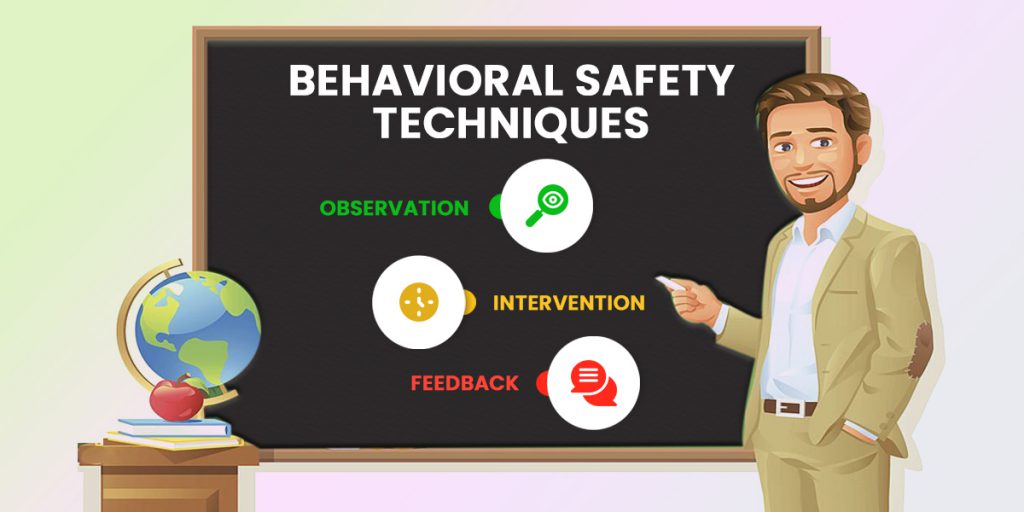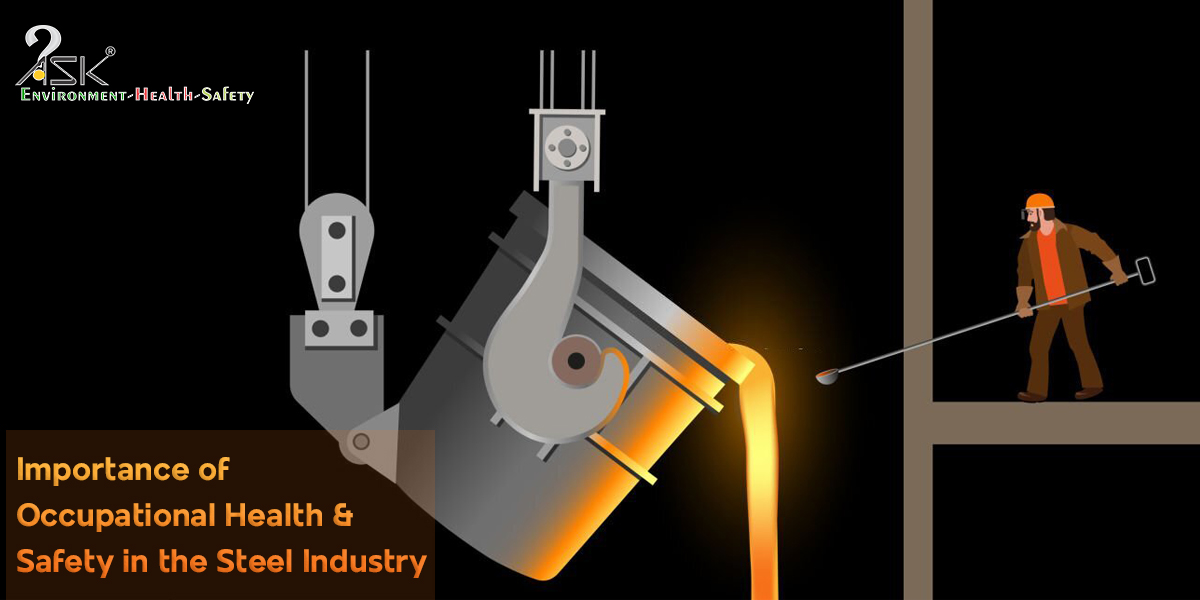Why Behavioral Safety is important at Workplace?

Human behavior has a direct influence on safety aspects of life, at work, at home, on the road, in the air and at sea. Evidence drawn from past indicates failures in safety management system and inappropriate human behavior is a significant contributory factor. There are number of examples like the incidents at Flixborough, Kegworth and Moorgate, and the Piper Alpha incident, Bhopal tragedy, etc.
Due to complexity of human behavior, people behave in diverse ways in different situations and sometimes people behave in the same way in a particular situation. This implies that all people are different in terms of their psychological makeup. The causes of variation in human behavior are associated with their attitude, personality, motivation, and memory, together with those physical and mental characteristics which constitute a person and his environment.
The systematic application of psychological approach to human behavior can manage safety at workplace.

Safety management and organizational authority try to bring the change of attitude in person. The health and safety practitioner may try to change attitudes of operators towards established operating safety procedures through training and consultation. It is known to all that to bring the change in attitudes of human is a challenging task because people revert to their original attitudes when there is no pressure to change attitude. Presently it is a need of construction industries, manufacturing organization and other institutes to bring the change in human attitude by attracting the attention of individual. The change of attitude brings safe and secured environment to become successful and satisfied personnel. One can convince the individual by providing number of examples that his attitude is not correct or it is inappropriate to the situation. It is notices that change in behavior is based on Behavioral Safety Techniques such as observation, intervention, and feedback, etc.
 Steps to implement a behavioral safety program –
Steps to implement a behavioral safety program –
- Maximum work force to participate in Behavior base safety training.
- Target specific unsafe behaviors in training contents.
- Record all observation and feedback for monitoring.
- The process for improvement is to be data driven and based on visible facts only.
- Establish schedules for observation of unsafe behavior and intervention.
- Include all levels of personnel in Behavior base training program.
- During training, demonstrate a visible on-going support from supervisors and all concern management Team.
- Have the commitment and involvement of the workforce through consultation & discussion.
- Explain the importance of behavior safety through training and what it means to them.
- Establish with case studies that what are expectation from them and how the system works as per guidelines of management.
- Have a core team to implement and monitor progress of behavior base safety training
- Study recent potential accident cases and near miss incidents to establish unsafe behaviors responsible for those.
- Prepare specific check lists for a particular work group people which incorporate the behaviors.
- Identify a team of personnel from each work group and train them to provide feedback on unsafe behavior observation techniques.
- Prepare a team to monitor behavior at workplace to ascertain the current levels of safe behavior in each department or work area.
- Establish with each work group, a behavior base safety improvement target.
- Establish a system to monitor daily to provide feedback to each work group.
- Make system to review performance parameters to identify any barriers to improvement.
- Periodically brief the team of workforce and provide feedback on the program, obtain their views, recommendations, and opinions at regular intervals.

Fundamentally, by promoting safe behavior of workforce, overall safety performance to be managed at workplace. However, safe behavior and correct attitude add a new dimension to emphasize employee involvement and personal responsibility. This is a natural progression of safety management. Employees are mature human beings and have genuine interest in their own well-being, they contribute their best at workplace, and they have an influence on their own safety. At workplace it is necessary to change the ‘culture’ and attitudes of employee at all levels of the organization.
You can contact ASK-EHS to book our subject matter expert trainers for customized on-site training and cost-effective online training to improve core proficiencies of all the employees.


